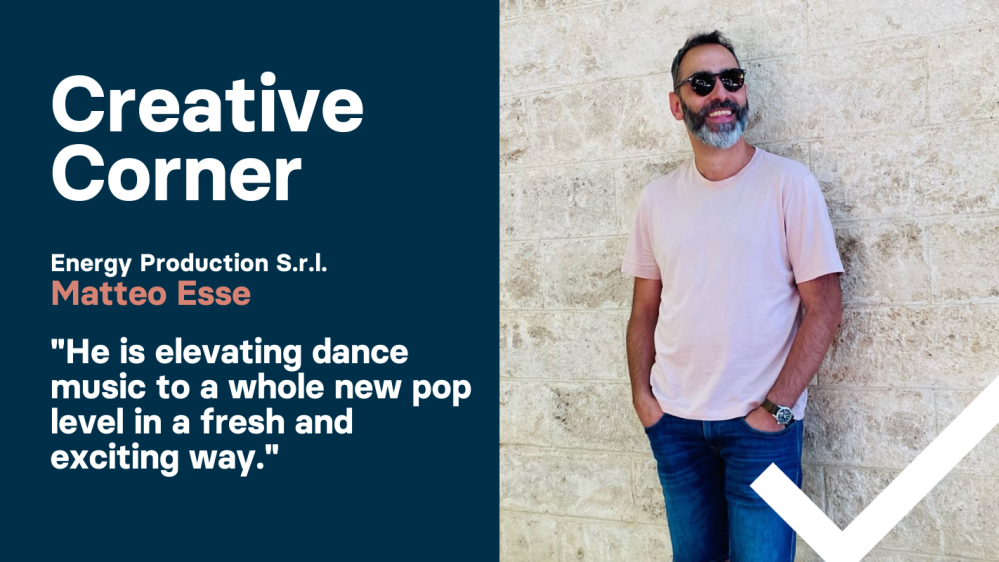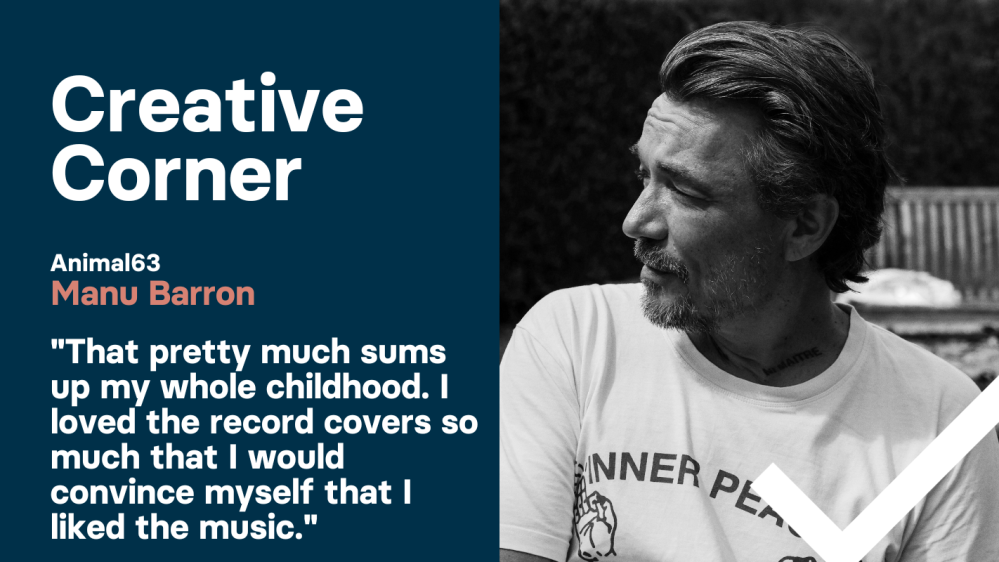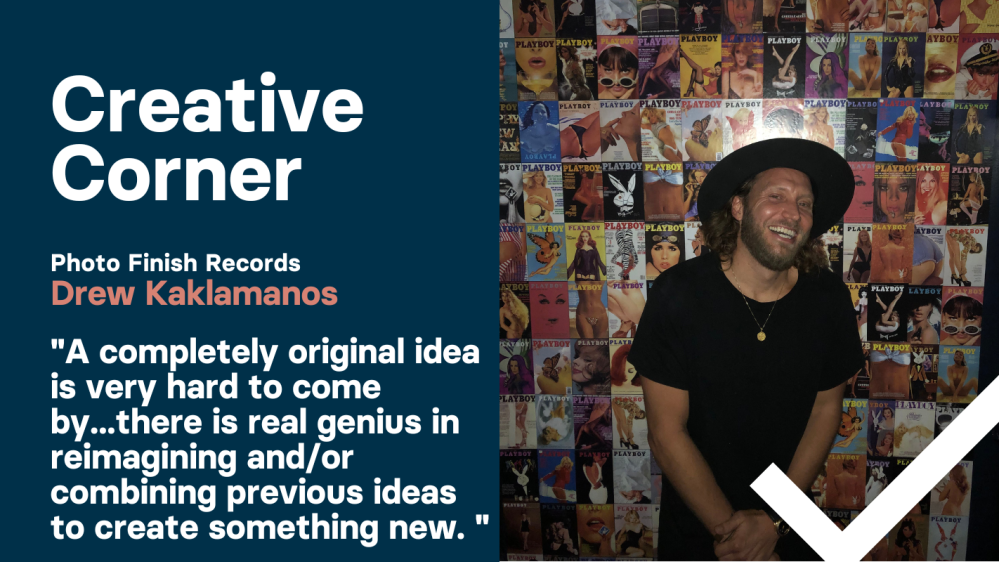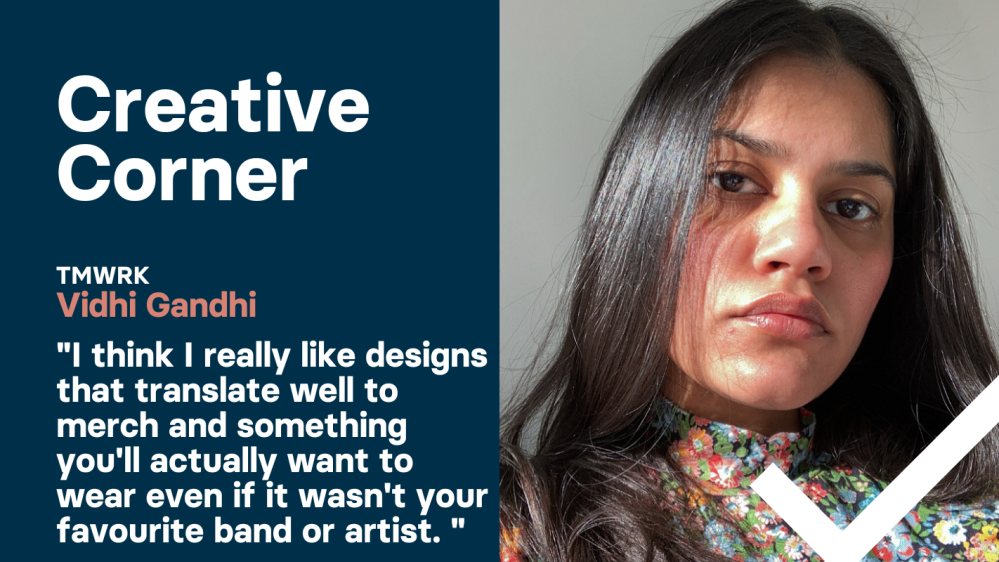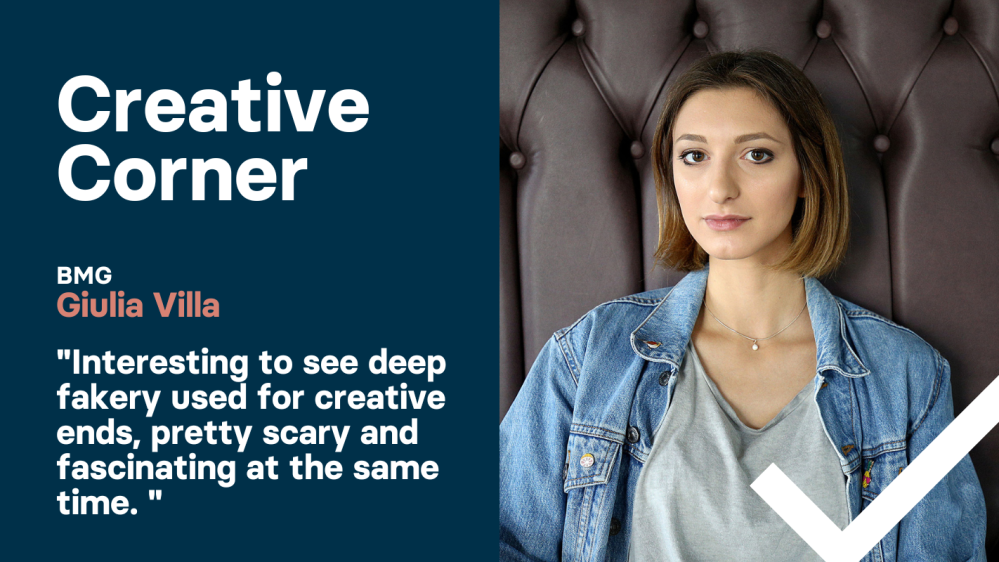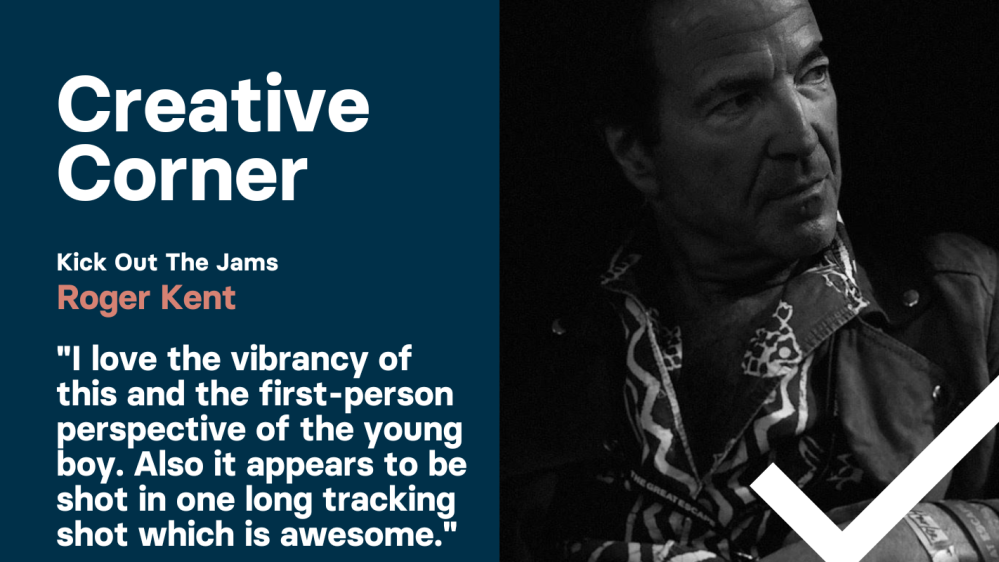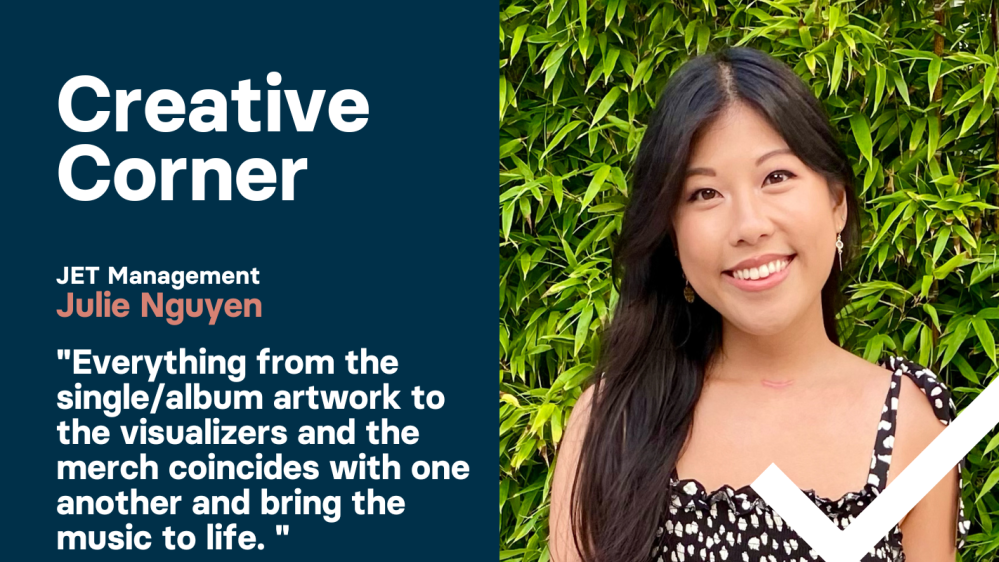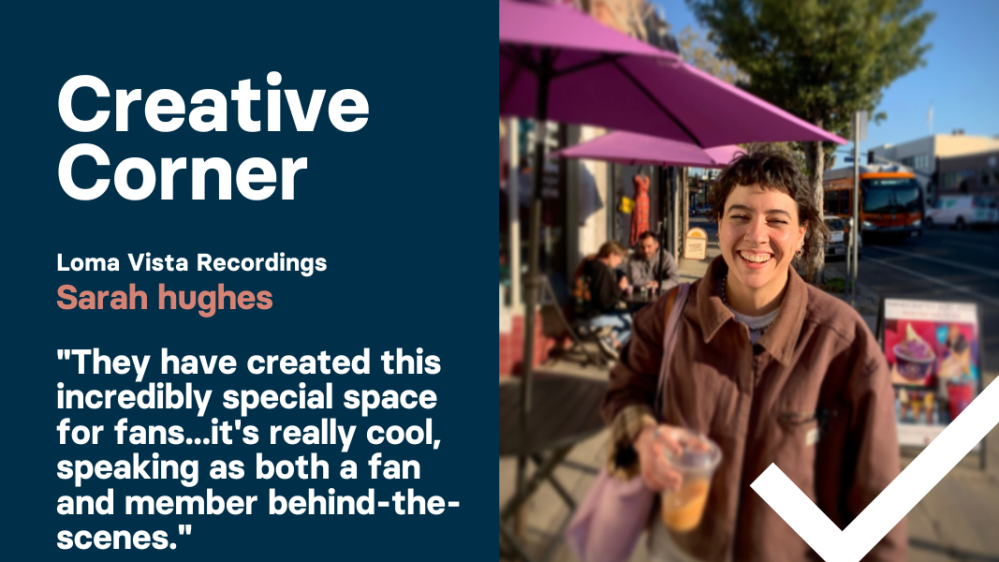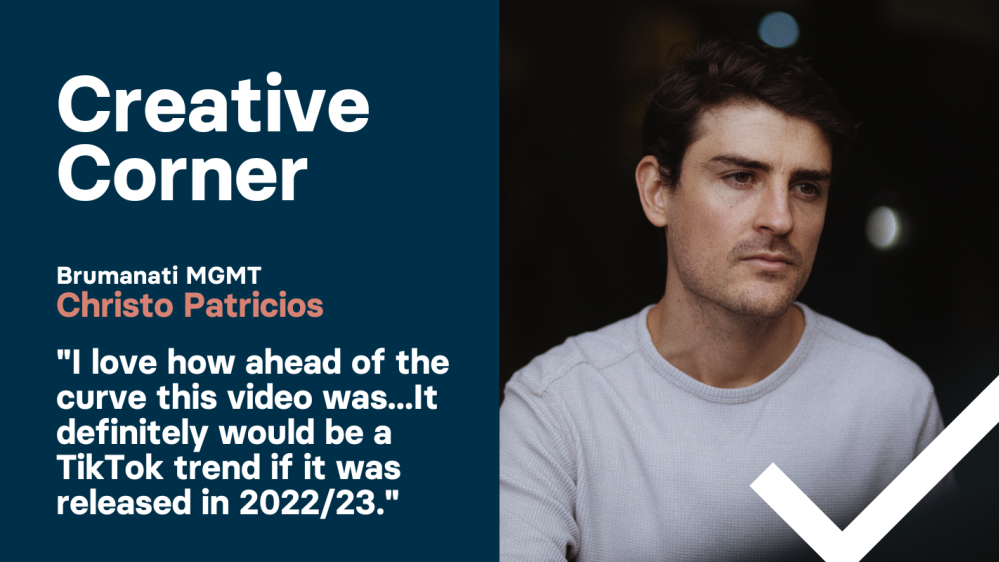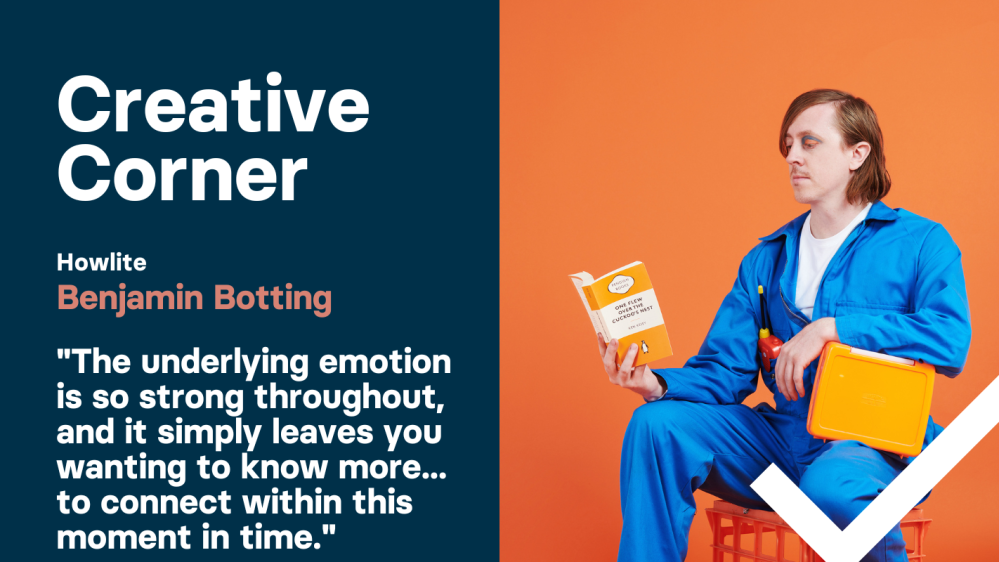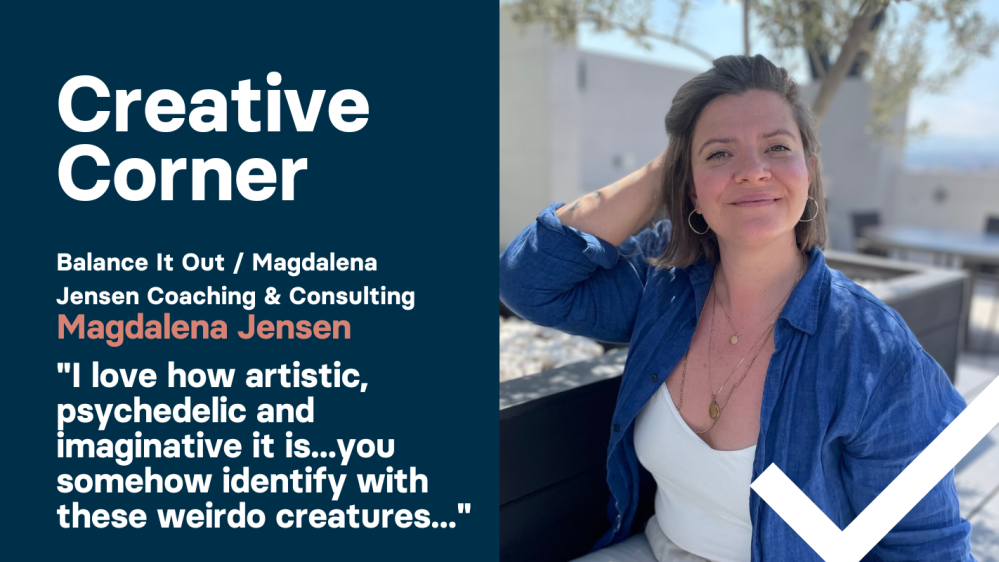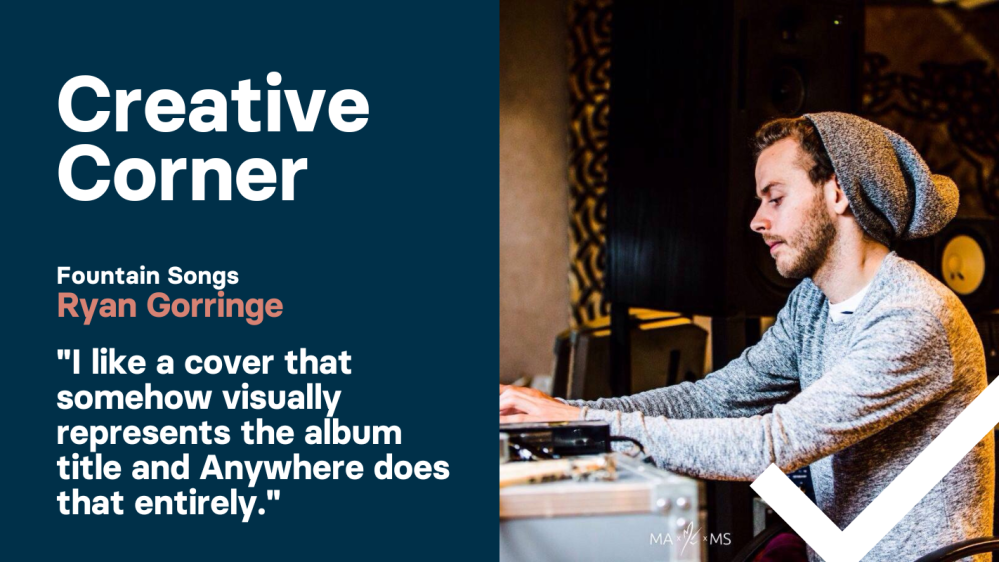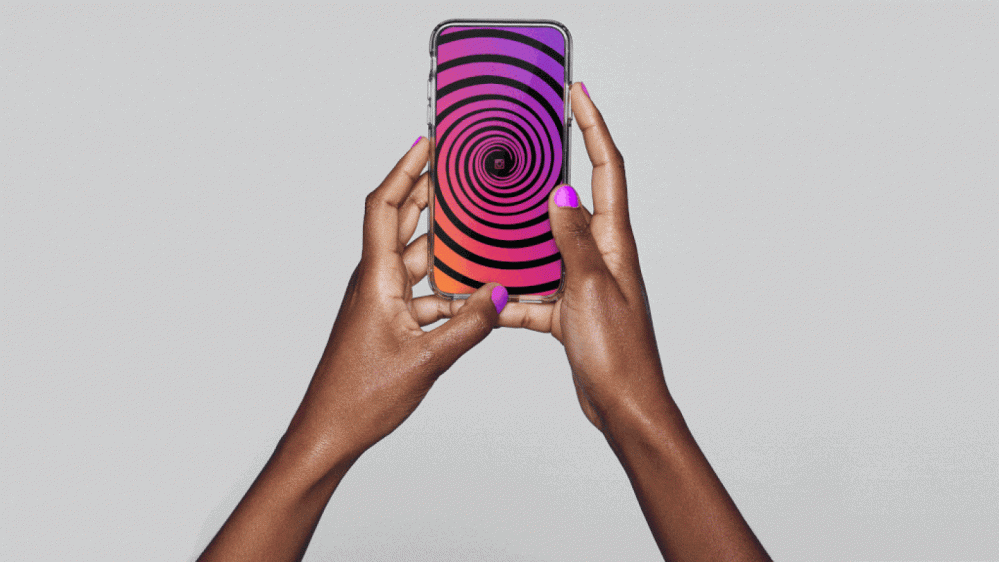
For many, Pokémon Go was their first experience of Augmented Reality. So what exactly is AR?
The launch of Pokemon Go in 2016 was a runaway viral juggernaut, achieving more than 500 million downloads by the end of that year.
For a good few months, you couldn’t walk down the street without seeing someone glued to their mobile, hunting for rare Pokémon, or hanging out at the local PokéStop or Pokémon Gym. For many, it was their first experience of Augmented Reality (AR) — and the public was seemingly very keen to give it a go.
So what exactly is AR? Dan Williams, Creative Director & co-founder of Late Night Agency, explains it for the uninitiated as something that “takes an input from the real world such as a phone camera and modifies its output with a whole bunch of things like 2D graphics, 3D objects or effects that could morph the output or change its colour. It’s different from Virtual Reality (VR) because it uses a real-world input rather than being completely virtual.”
It’s a kind of real-time Photoshopping, made possible by advances in technology over the past few years, and something that was given a huge lift when first Snapchat, and then Instagram, recently launched tools to enable people to create their own lenses.
We’d all seen the ‘in-house’ Snapchat lenses — getting our dog-ears and tongues like everyone else — but suddenly all creators with the necessary skills and talent could make their own, and the result has been an explosion in creativity, and scale of use by the public: Snapchat recently revealed that their community has created over 600,000 lenses.
Williams has been at the forefront of designing these lenses, working with artists including Vegyn, Oliver Heldens and Riton, to create bespoke lenses which tie in with a song, release, or general artist promotion, which users can download and interact with.
“Since the launch of SparkAR this year (Facebook & Instagram’s tool for creating the lenses) I’ve seen a pretty big increase in their use across the industry. They’re definitely more popular with artists that have a younger audience, and those audiences who are more active on social media, but this can still range from the likes of Ariana Grande to groups like NSG or Wizkid. I think the scale to which they’re used comes down to the artist and audience — I believe one Snapchat filter we’ve worked on generated close to 4 million views in just over a week.”
Williams hit the viral jackpot, however, when Late Night pitched successfully to create an AR lens for Lil Nas X’s runaway hit Old Town Road — amazingly, after getting the commission, they turned it around in just 24 hours.
“The guys at Creative Commission hit me up because they’d seen my commissions with Ministry of Sound and thought we should pitch,” says Williams.
“So we pulled an example together that day and were commissioned. We also got to see Lil Nas X using the filter himself!”
As with all new tech, what might initially seem daunting is actually quite straightforward — they are affordable with the right designers — and can be delivered in short timeframes, as the Lil Nas X filter shows.
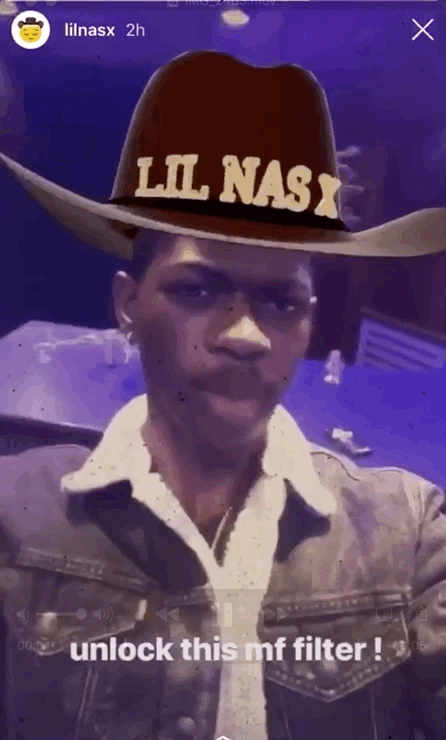
“If the commissioner doesn’t have anything in mind I look to the artwork for the campaign or branding of the artist for the concept,” explains Williams.
“For example, the Yogi artwork for Baby had a bunch of elements to build off, which we brought together to create this lens allowing the user to add themselves to the artwork.”
It’s not just lenses that are grabbing attention, though.
“There are also so many developments happening in AR all the time. A good example might be this web page we’ve recently put together which, when accessed via mobile asks for camera access and then overlays 3D elements when it sees a marker — which could be a logo, for example. This was possible because of a project called AR.js which I’ve come across recently, and it’s great to see a whole community of people developing and creating with it for so many uses.”
The million-dollar question, however, is AR here to stay? Williams thinks so.
“Absolutely! Snapchat is definitely pushing forward with new ideas, such as games, landmark maps and skeletal templates which cover the head, neck, shoulders, elbows and hands; there are so many uses for AR already, and I’m sure as the technology develops we’ll find it appearing more often in our daily lives.”
